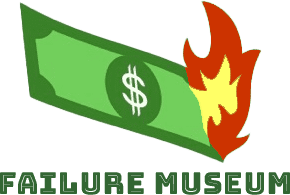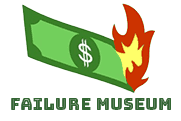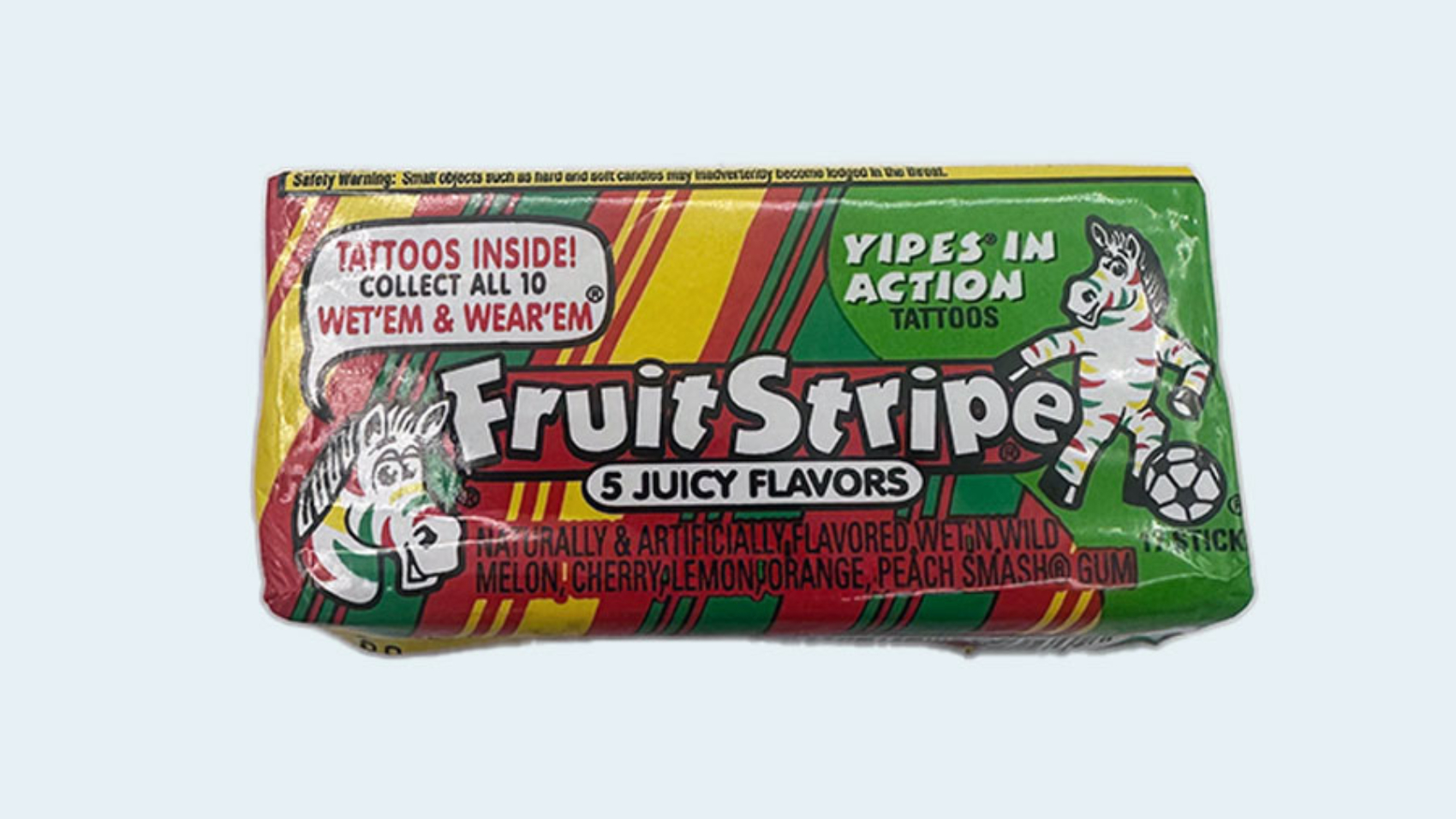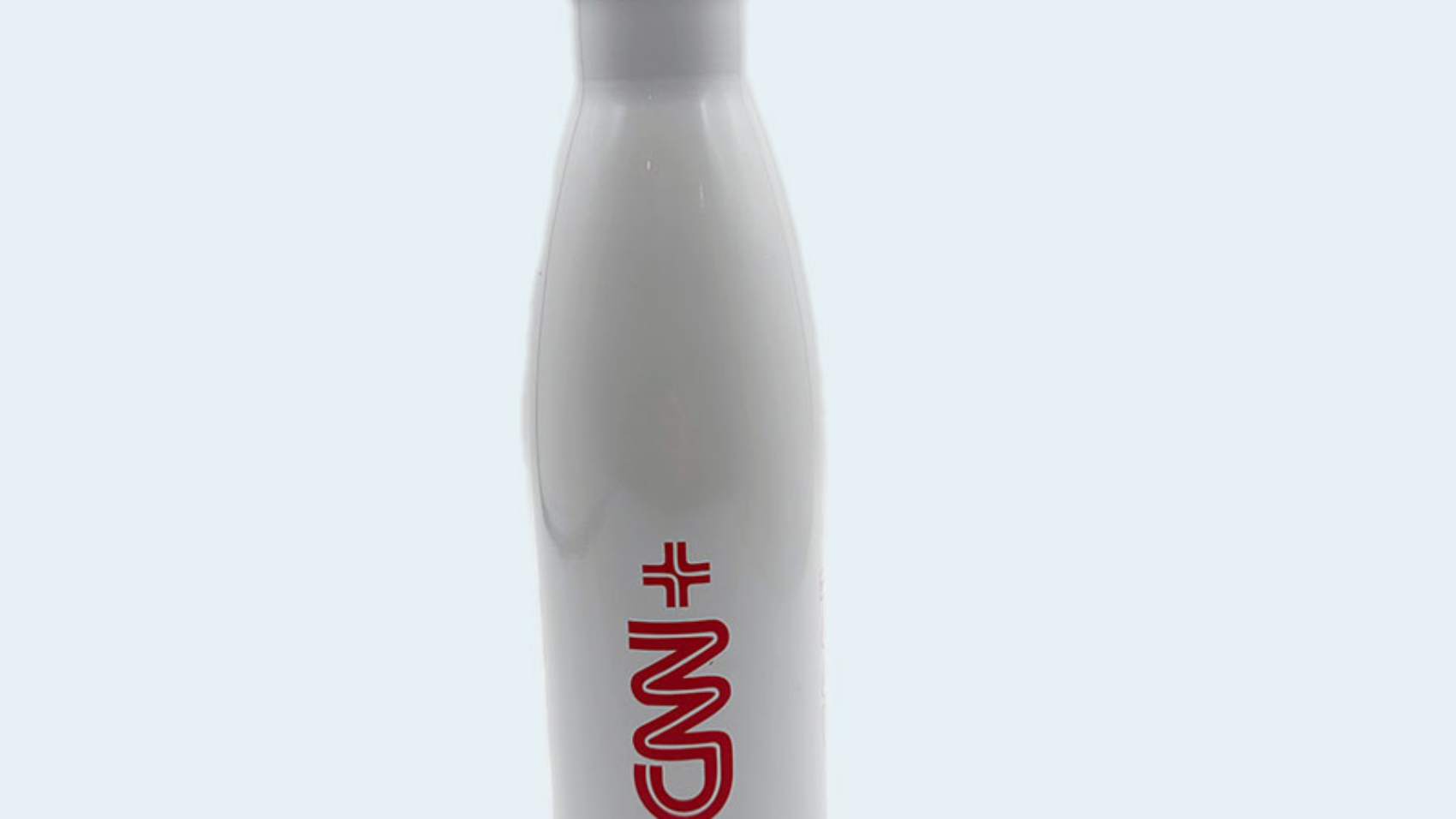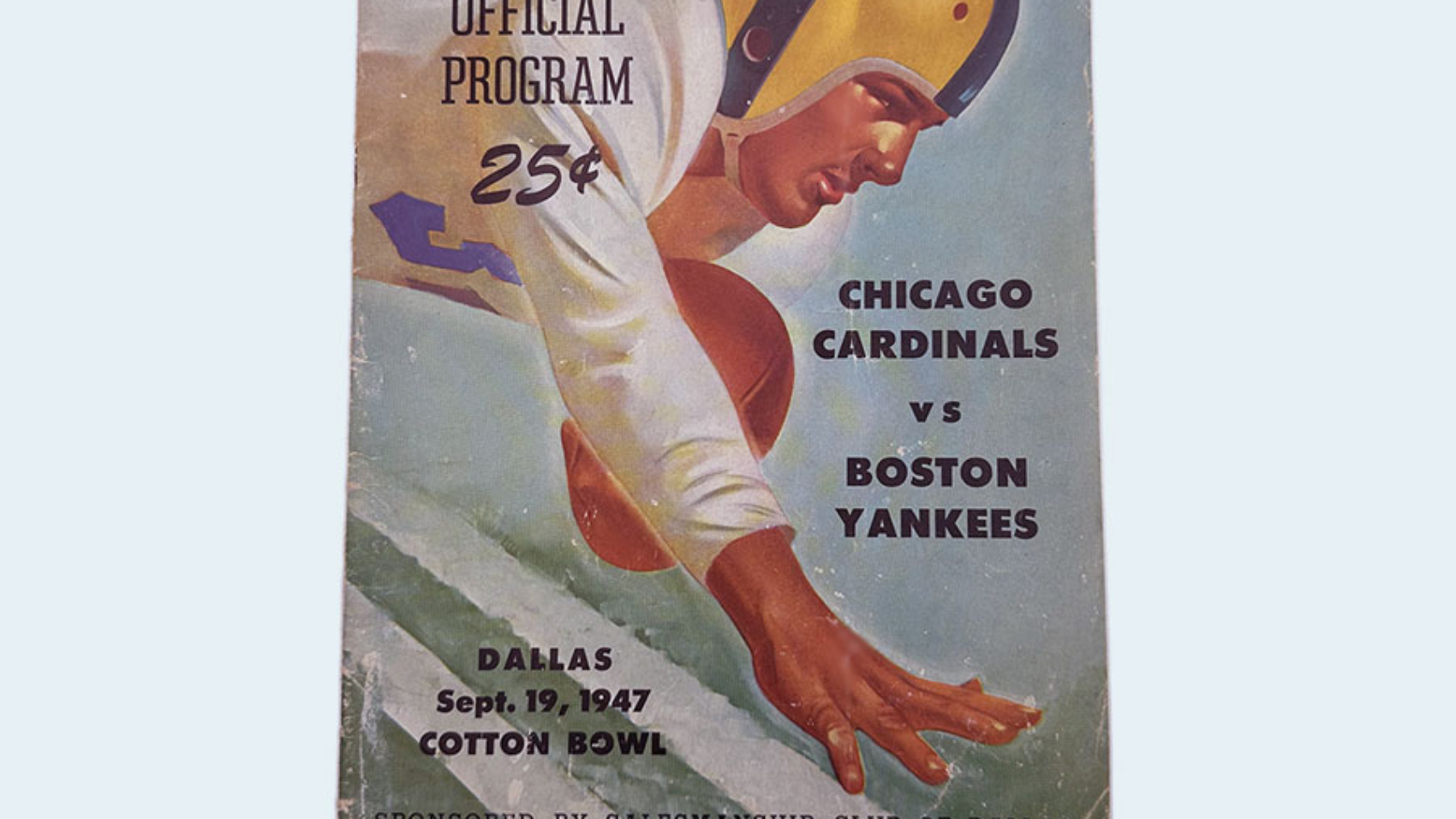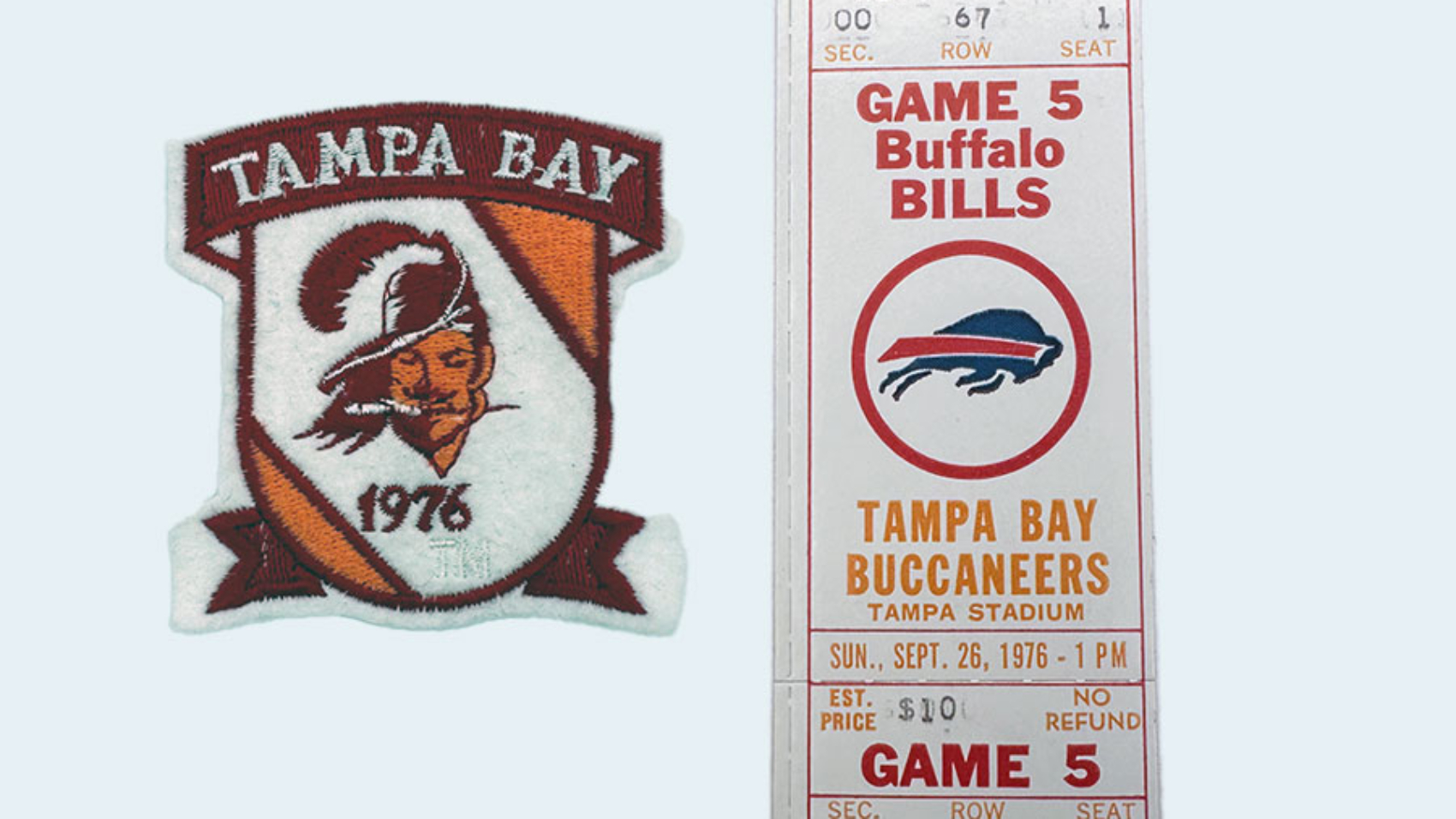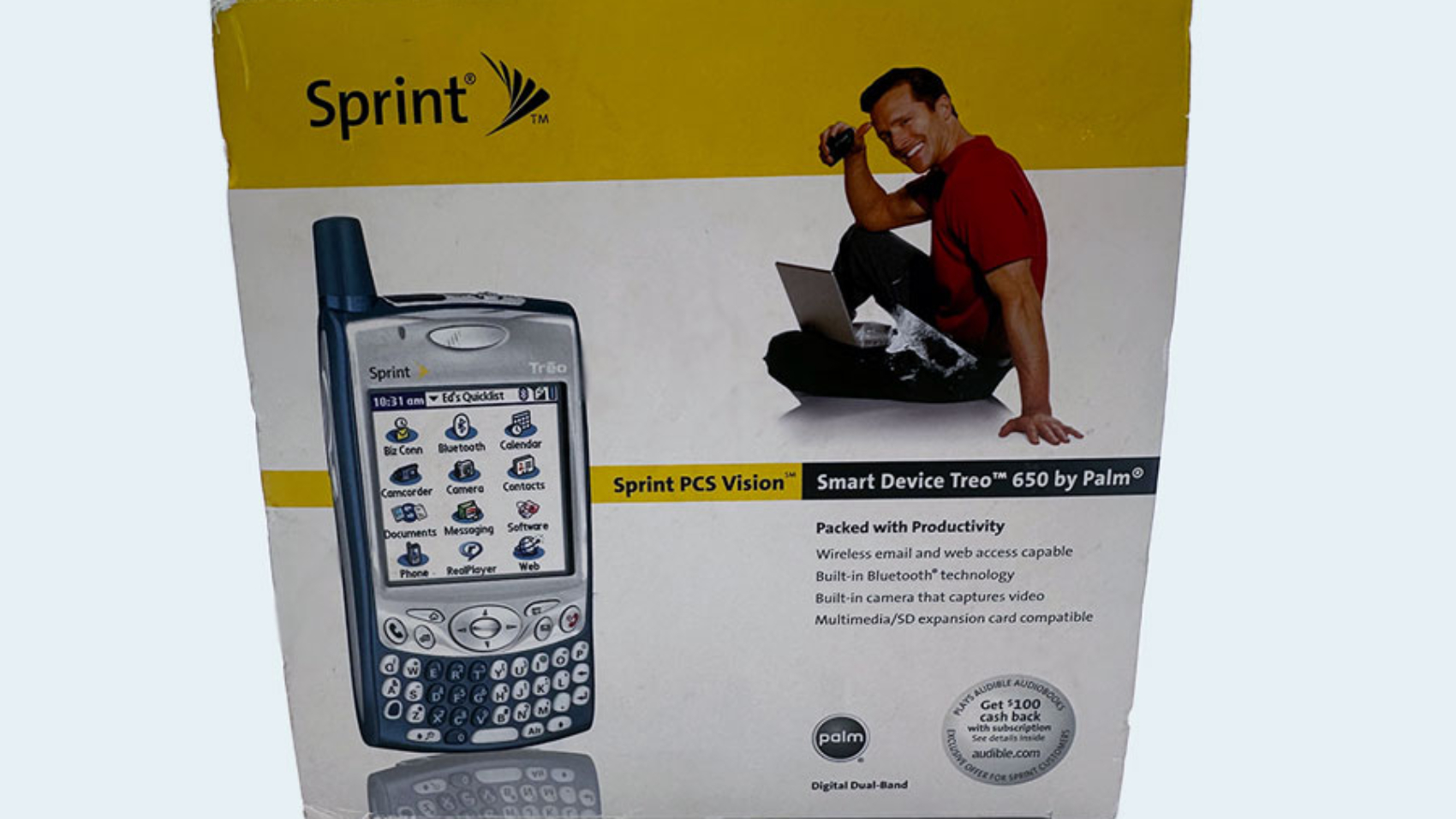Launched in 2015, the Amazon Dash Button was a tiny piece of equipment that eased the process of repeatedly ordering certain products from Amazon. Dash buttons were available only to Prime users and cost $5 a piece.
Their small and compact size made them easy to be attached to the kitchen’s refrigerator, the bathroom shelf, or wherever it was helpful in reminding the user to reorder a product. While designing Dash Buttons, Amazon did not realize that users would need over 500 buttons in their house for various items.
Plus the buttons weren’t necessary since systems in appliances know when they needed replenishment, like a detergent in the washing machine, and preorders them automatically. Thus, there was no need to press a real button in this case.
Amazon’s Subscribe and Save program allows users to receive their monthly required items without placing an order or searching for them repeatedly. Moreover, the program offered discounts.
